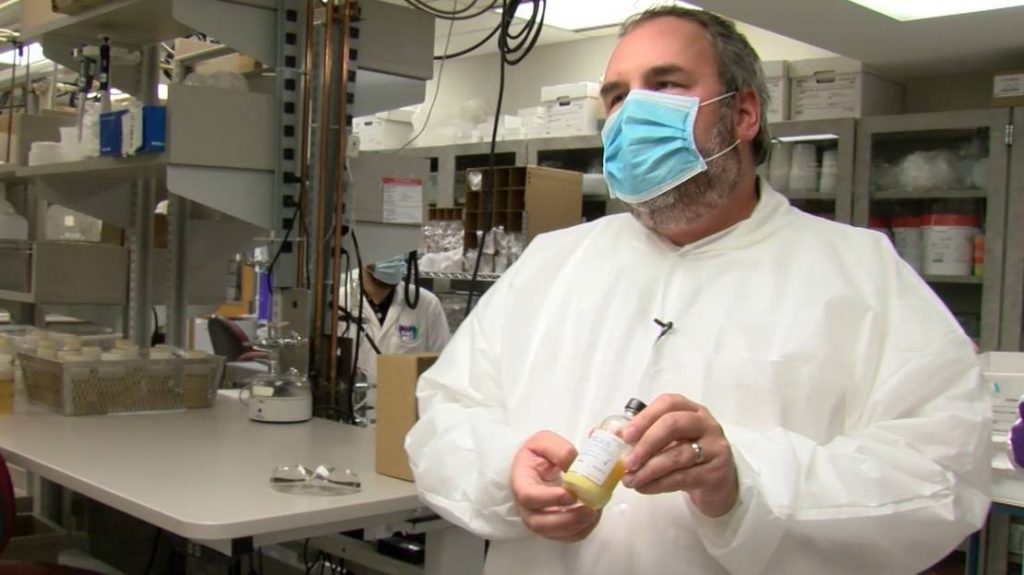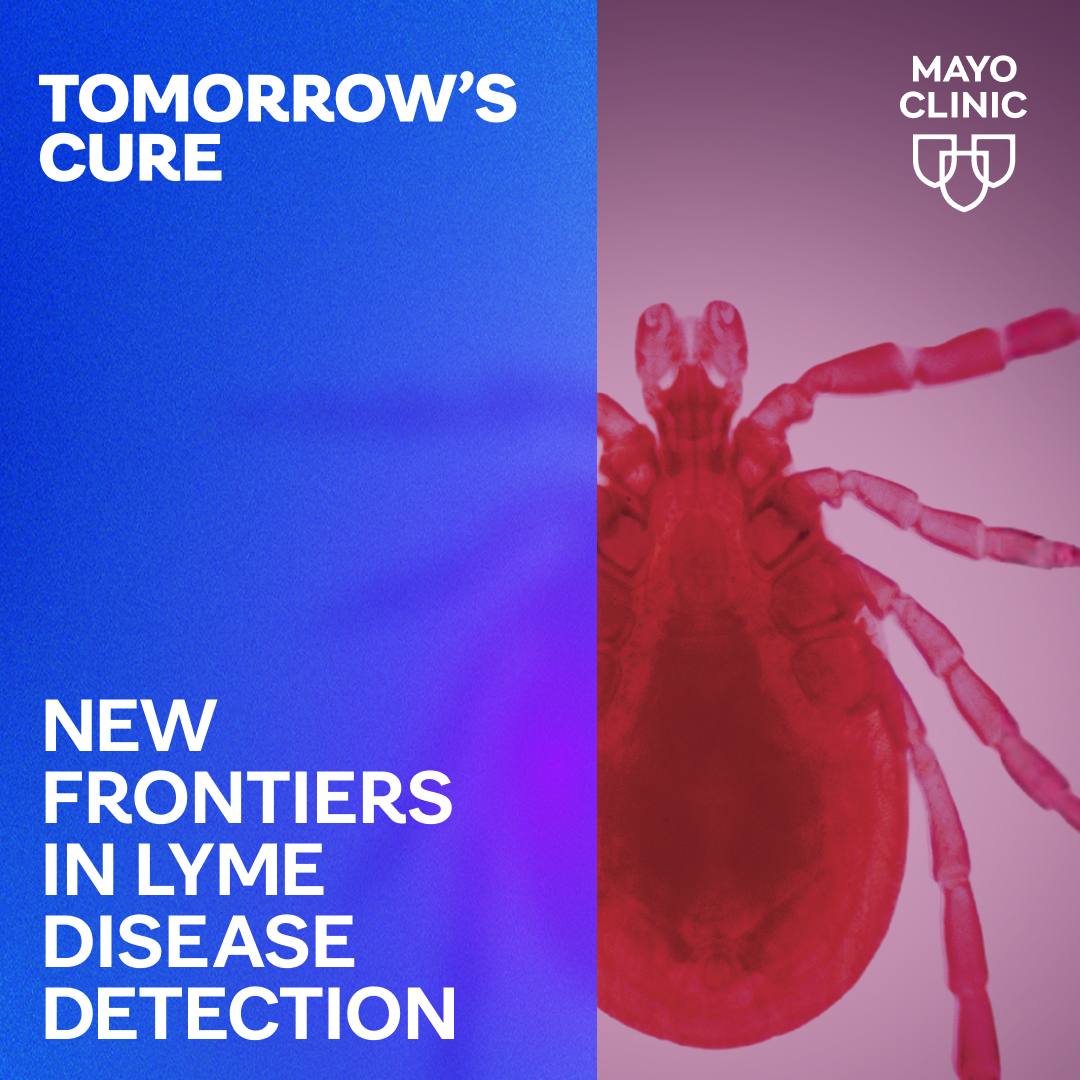
Kitchens across the country will soon be busy cooking up holiday meals. And at Mayo Clinic Laboratories, a different kind of kitchen is preparing things year-round, except these items aren't for eating.
Watch: Inside a different kind of kitchen
Journalists: Broadcast-quality video (2:16) is in the downloads at the end of this post. Please courtesy: "Mayo Clinic News Network." Read the script.
Nestled in the halls of Mayo Clinic in Rochester, Minnesota, is an innovative and unusual laboratory.
"A lot different than most of the labs at Mayo and certainly other institutions, as well," says John Strande, a clinical laboratory scientist.
Complete with a cupboard-filled pantry, stovetop, fridge, kettles, and pots and pans, this lab is affectionately referred to as …
"… a lot of times people will call it a media kitchen," says Jon Berry, supervisor of the Media Lab at Mayo Clinic.
And while many of their recipes have familiar ingredients, like sugar, salt, vegetable juice and even eggs …
"This is our egg yolk enrichment. This is commercially purchased … we're not taking eggs out of a carton like you would at home," says Berry.
… the dishes made by these scientific "chefs" are not for human consumption.
"We're not cooking up breakfast," says Berry.
Instead, this lab is making media. It's a term for the environment used to culture things like bacteria, fungal organisms and even viruses.
"Liquid media is generally called a broth, and jellylike or more solid media is generally called agar," says Strande.
Over 180 different mediums are prepared in this kitchen.
"We'll heat it up on a stove, just like you would at your own house. And once it comes to a boil, the broth is essentially done," says Strande.
.Eventually and literally dished up ...
"The pump is pulling the agar out of the flask and then dispensing measured volumes into our petri dishes," says Strande.
… for testing at Mayo's clinical microbiology labs.
"They can really narrow in on what is impacting the patient," says Berry. "There's several different types of bacteria and fungal organisms out there — hundreds, thousands. We do a quality control to ensure that it will grow what we need it to grow and also that it does not have any contamination with it. So we do follow a lot of standard operating procedures."
"We're following a recipe just like you would in your house ― adding different ingredients in order to make the correct agar or the correct compounds," says Strande.
Which is so important in every kitchen because ...
"… yes, in some cases, you can burn your toast," says Strande.
_____________________________
For the safety of its patients, staff and visitors, Mayo Clinic has strict masking policies in place. Anyone shown without a mask was recorded prior to COVID-19 or recorded in an area not designated for patient care, where social distancing and other safety protocols were followed.







